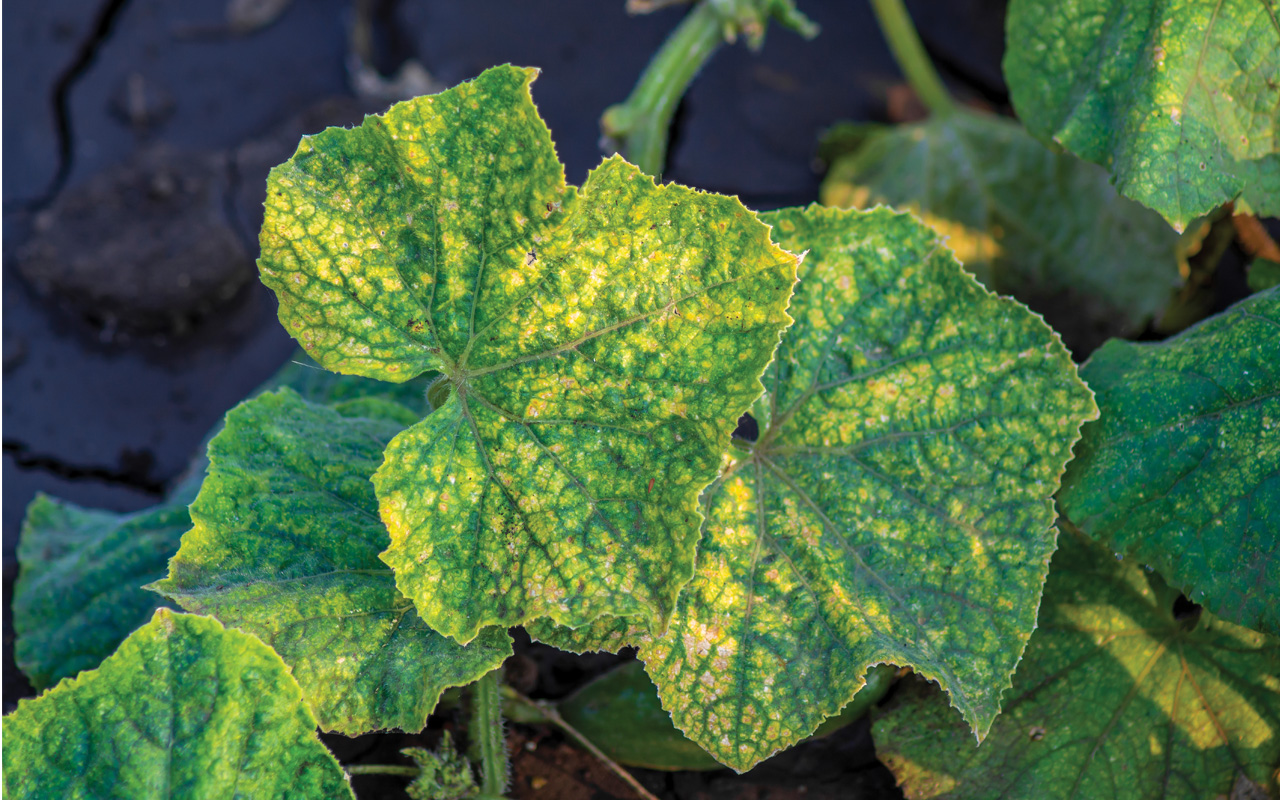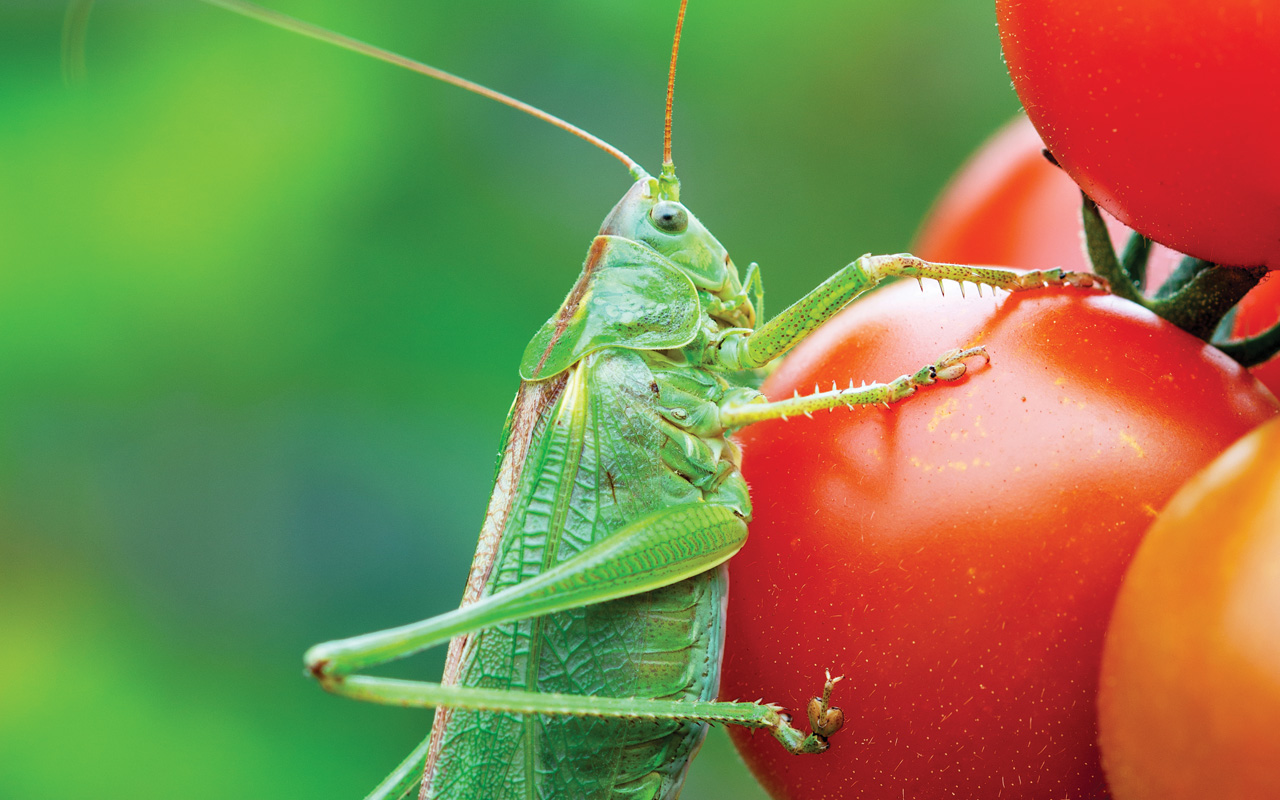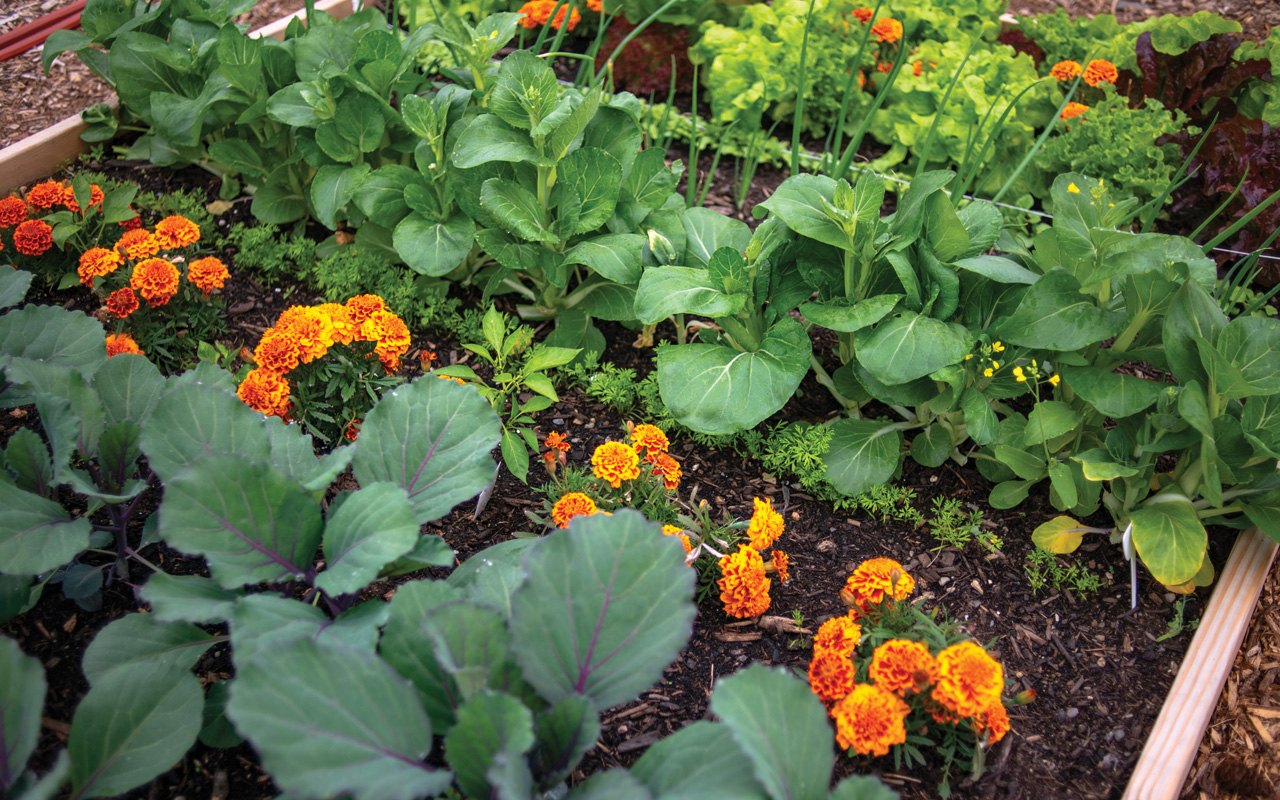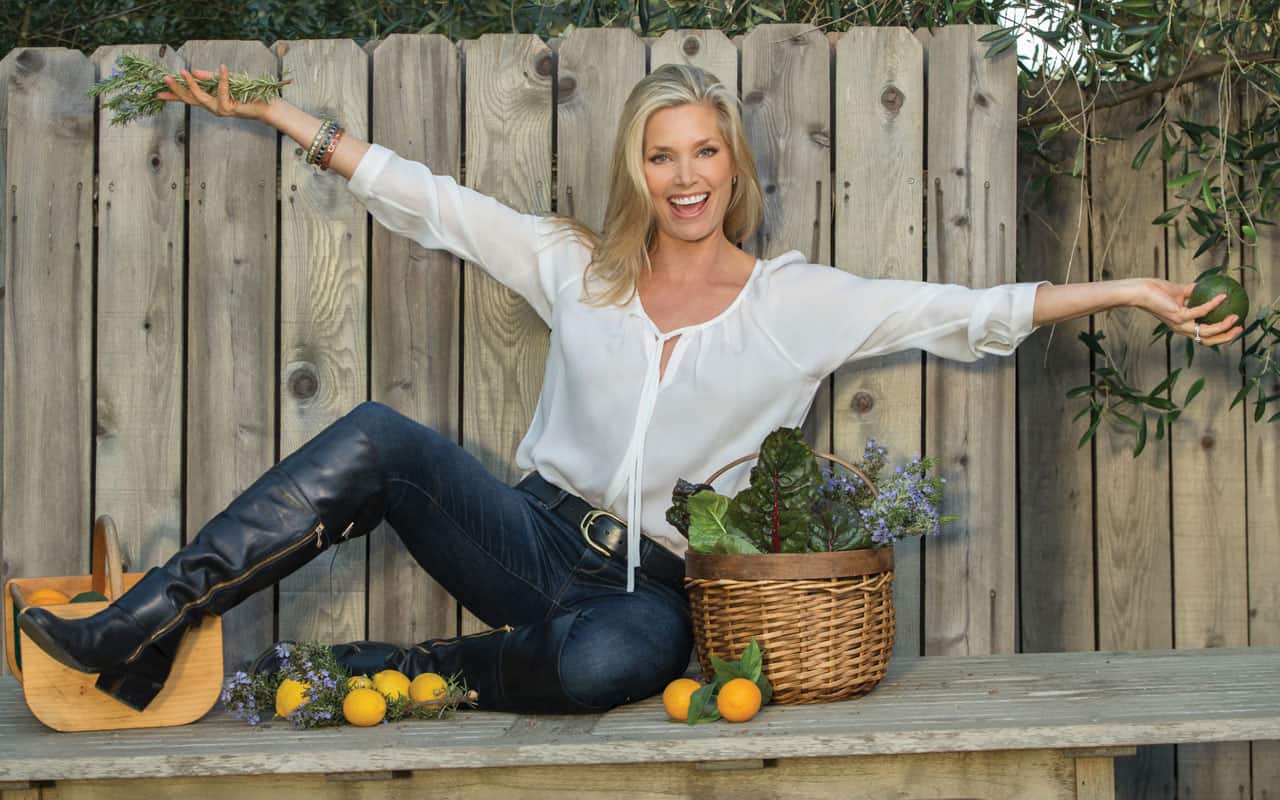
I have been planting vegetables for many years. Making countless mistakes has hindered the outcome of my initial growing seasons. Becoming a gardener will thicken your skin… What do I mean by that? When it comes to gardening, forget those “golden rules” that your mother taught you. In order to produce a healthy, bountiful garden, there are some selfish and unethical choices you will have to make, for your plants to thrive.
NEVER THINK FOR YOURSELF
Always follow and believe instructions, no matter what! And never, I mean never, assume you know better!
When growing from seed, every seed packet will have directions on the back. Don’t underestimate the placement, spacing and planting depth it suggests. You will be tempted to change the rules but don’t. You might think those cute little seedlings wouldn’t need all that room that it says they do. I am here to reassure you that they 100% will. Please follow directions so your precious plants will have the room they need to mature to optimum size, free of disease.
DON’T FEEL SORRY FOR THE UNDERDOG OR THE FEEBLE
Get rid of them immediately!
Say Bye to the Little Guys
It sounds so harsh and this was the hardest thing for me to learn in the beginning. Something about sowing seed and nurturing them as they grow elicits your parental instinct. How can you choose which seedlings should live or die? This is something the gardener will have to deal with over and over throughout the growing seasons. Select the larger and healthiest seedlings and pull the rest. It is essential to thin out your babies to the appropriate distance instructed on the back of the seed packet. I have tried to bend the rules and every time I pay the price with a stunted or diseased harvest. If they are too close they will compete for room, light and nourishment.
Don’t you dare feel sorry for the seedlings you pull. Instead, toss them in your next salad or sprinkle on top of a pizza or omelet. Veggie seedlings like lettuces, radishes, broccoli, cauliflower, peas, green beans, beets, chard, spinach, kale, basil – all add flavor, color and garnish to a dish.
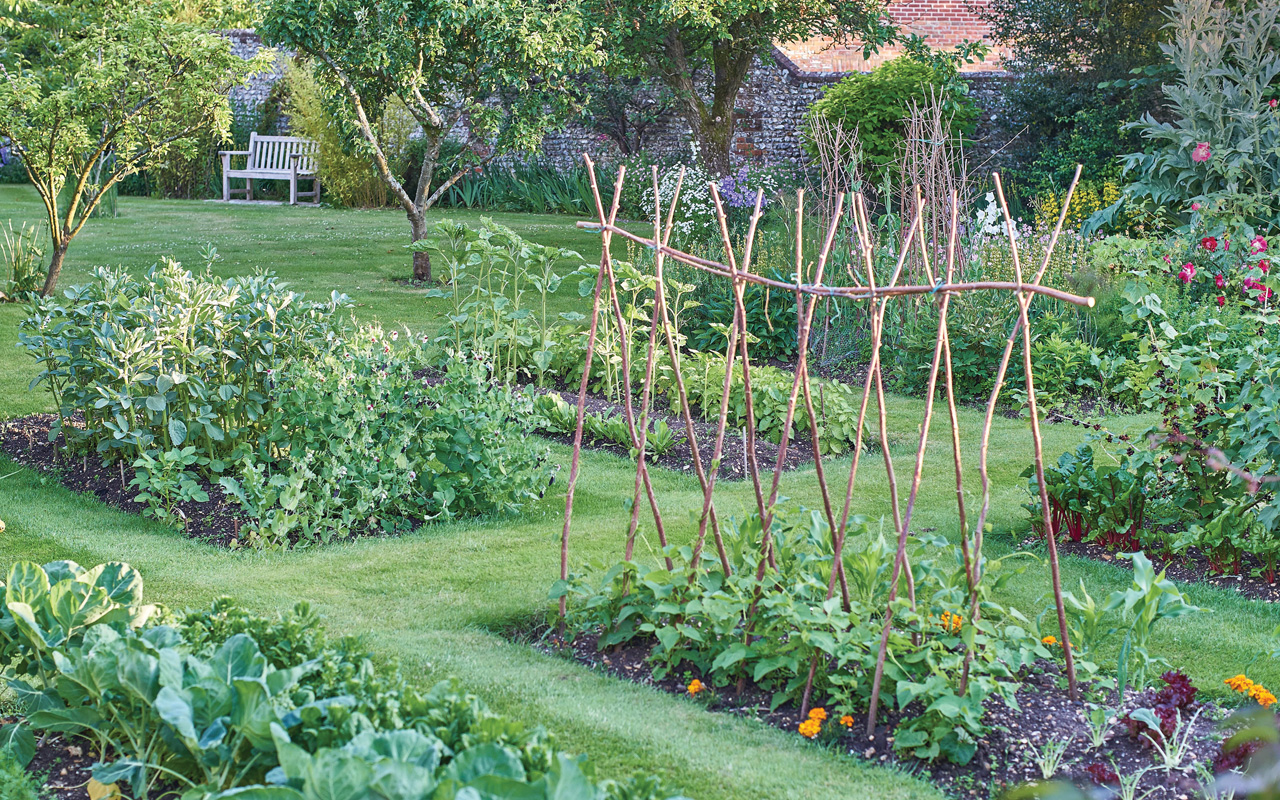
Organic vegetable garden
The Sickly Have to Go
There are some viruses that will attack your vegetable plants and there is nothing you can do. When you notice your precious heirloom tomato plant contracted the incurable “fusarium wilt” or your cucumber is riddled with “mosaic virus”, don’t hesitate, don’t falter, just yank that plant! Even though you have been protecting it for months, toss it in the trash! Make sure you don’t leave any evidence of the infected plant because it will spread to the rest of its siblings. Sacrifice for the health of the family! As your plants get diseases you cannot treat, you have to pull them. It won’t be easy, but do it!
BE SELFISH, TAKE ALL THE SPACE YOU NEED
Give your plants room to breathe!
Dense vegetation around the site can encourage more plant disease by creating a more humid environment in which most plant pathogens thrive. Full sun speeds drying of the foliage, which can reduce the incidence of most foliar diseases. Make sure you have plenty of room around each plant so you avoid creating the perfect storm for a sickly garden.
KILL YOUR ENEMYS & TAKE NO PRISONERS
Eradicate anything that might compromise your garden’s health immediately!
Insects, Caterpillars, Beetles & More
Use Insecticidal soap – It washes away the protective coating on the surface of the insect’s body – breaking down the cell membrane. Insecticidal soaps are most effective on small, soft-bodied aphids, spider mites, thrips, whitefly and mealybug.
Neem oil – It kills insects at all stages of development — adult, larvae and egg; suffocating insects, covering their bodies with oil that blocks their breathing openings. It is effective on caterpillars and beetle larvae. Kills grasshoppers, leaf miners, thrip and leaf and plant-hoppers. It also is good for fungal disease issues such as powdery mildew.
TIP: Use all organic pesticides as the sun sets and the bees are in their hives.
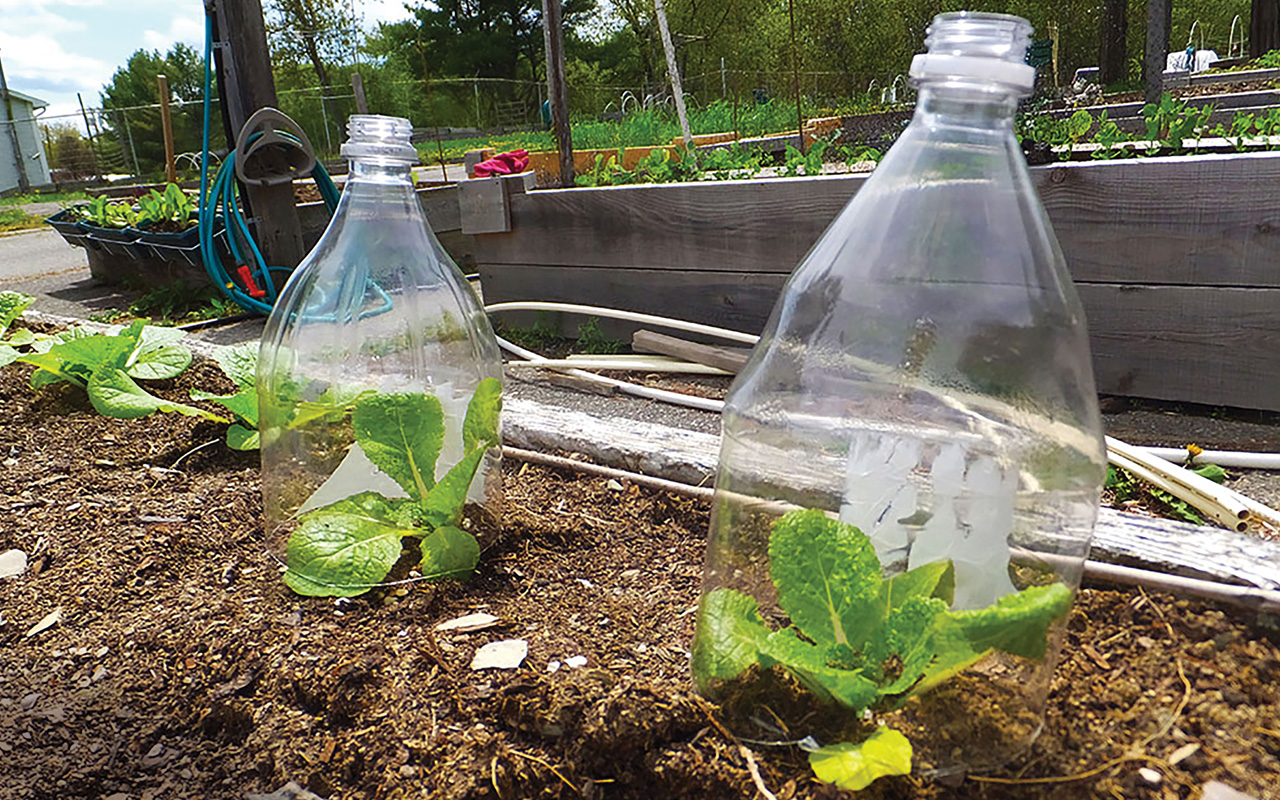
Plastic bottles protecting lettuce plants
When it comes to gardening, forget those “golden rules” that your mother taught you. In order to produce a healthy, bountiful garden, there are some selfish and unethical choices you will have to make, for your plants to thrive.
Snails & Slugs
These “gastropods” are hermaphroditic. Snails of reproductive age lay up to 80 eggs six times during a season in the surface of the soil. Slugs will lay up to 300 eggs in its lifetime. If you uncover a cluster of white eggs that look like caviar, get rid of them immediately! Eradicate them by scattering Sluggo – granules on the soil around or near the plants to be protected. Sluggo contains a unique blend of iron phosphate, an organic compound that breaks down into fertilizer. The pests then die within a few days. It is non-toxic to wildlife, people and pets.
Sluggo Plus – This snail bait also kills garden insects, earwigs, cutworms, sow bugs, pill bugs and crickets.
Grasshoppers – Nolo Bait, Nosema locustae, is a dry bran flake sprayed with protozoa which controls grasshoppers but doesn’t harm humans, animals or other insects. Nolo Bait creates a disease that is pest-specific and infects all life stages of the developing pests. It is most effective when ingested by young grasshoppers. After eating, apply Nolo Bait as a barrier about 1 foot wide, or spread in and around areas to be protected. Half the population will die in 2-4 weeks. Survivors eat 75% less than healthy grasshoppers and lay fewer eggs.
DESTROY & DETER VORACIOUS PREDATORS
Rabbits – Rabbits are more of a terrorist, working under cover of darkness to destroy entire crops. You need to stop these before it’s too late!
Your seedlings and new growth are really in danger of being obliterated. Use clear plastic juice jugs with bottoms cut out and tops removed. Place them upside down over the seedlings. This protects your seedlings from the rabbits and is a deterrent for snails as well. Strawberry baskets upside down – held down to the soil with U-Staples also are handy. Fine mesh fences, repellents, and dummy predators all work to some degree.
Gophers – Gophers feed on roots and fleshy portions of plants they encounter while digging, but they can pull whole plants into the ground. They love vegetables that grow beneath the surface. Strong smelling plants such as gopher spurge, lavender, rosemary, sage, thyme, marigolds, daffodils, iris, and geranium will repel them. Try placing fish oil, peppermint oil, coffee grounds, or tabasco sauce on the ground near gopher tunnels. Building raised beds with hardware cloth lining secured to the sides of the bottom prevents gophers from eating plant roots.
There are so many “GARDENER’S GOLDEN RULES” you should know, but these are a few to get you started this spring. They really aren’t as cold-hearted as they might sound. Heck, you will get used to them before you know it! You have to be a little tough to protect your vulnerable veggie garden – even if the frail & diseased have to take one for the team.
Spring is here! Enjoy the weather and get out there and start gardening before it gets too hot!
Kelly Emberg, the model gardener
For more gardening tips, follow me on Facebook, Instagram, YouTube & Twitter.
www.kellyemberg.com


